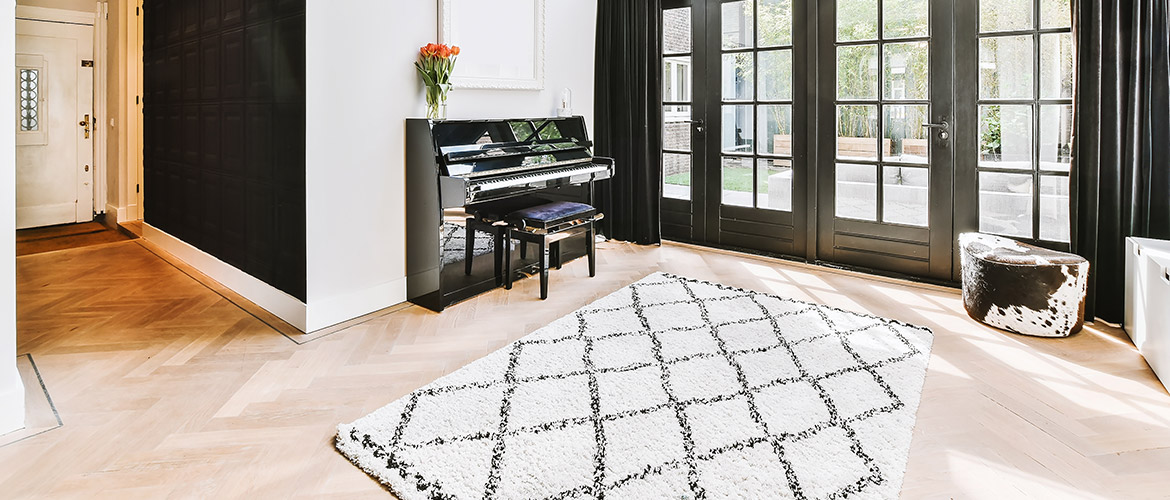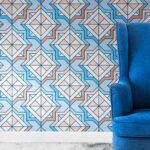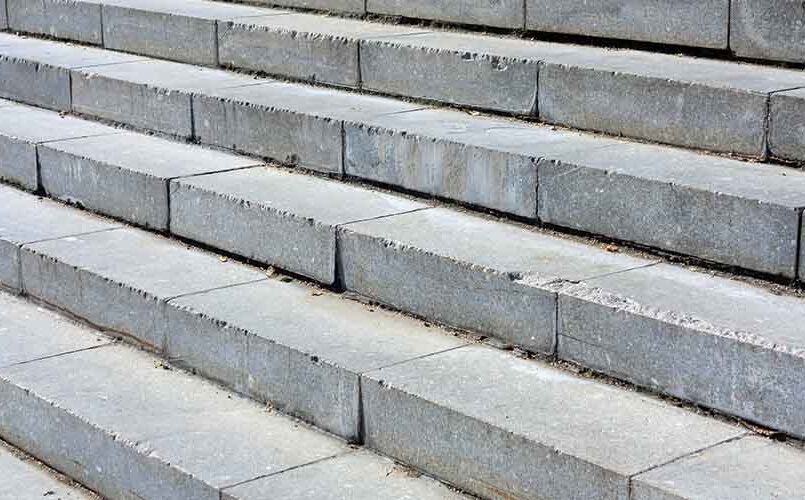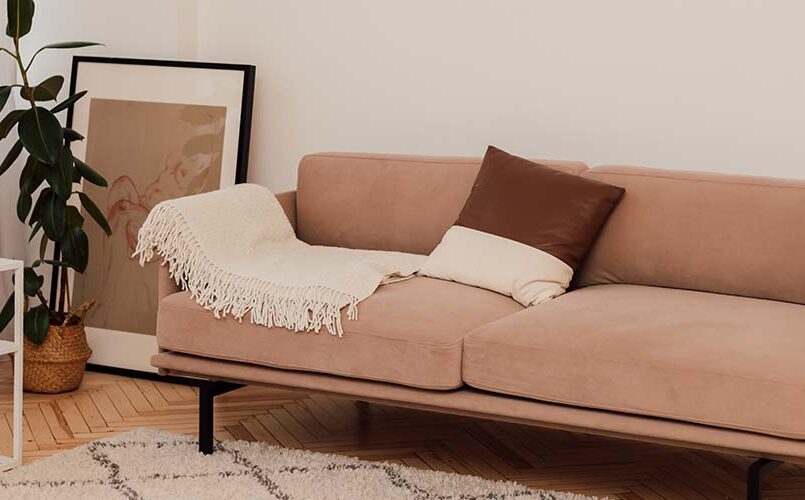When it comes to striking the best first impression of luxury and elegance, carpets are a notch above everything else. Yet, carpets still remain as one of the most underrated home furnishings in India. Though carpets have been around for thousands of years, not many Indian homes use them even today. A well-designed, high-quality carpet adds a luxurious style statement to any room. Carpets add a whimsical fairytale-sque touch to your interiors. They make you feel like royalty, and melt away your stresses every time you sink your legs into a lush carpet.
In this post, Decor Luxury Handicraft Art, the leading luxury rugs supplier in India takes you on an informative and awe-inspiring walk down history, exploring the origin and evolution of the Indian carpet and rugs industry.
The Early History of the Indian Carpet Industry
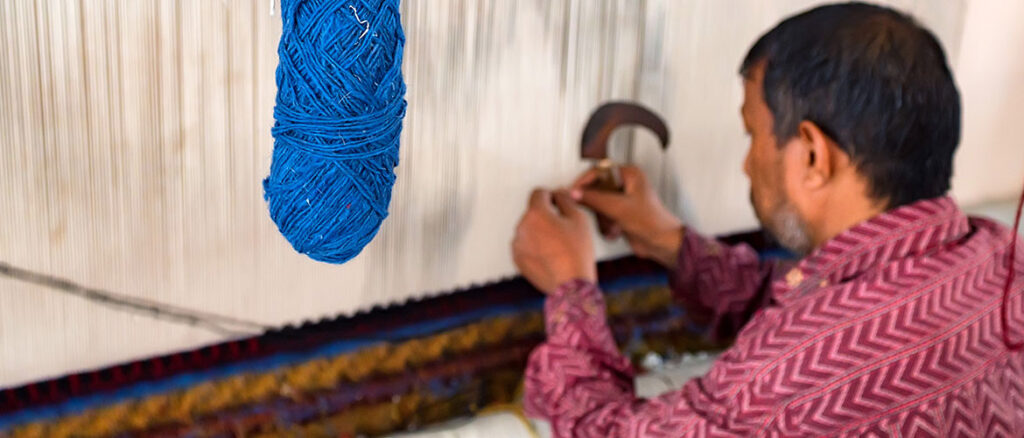
The history of the Indian carpet weaving goes back to the early 16th century, when India was under the rule of the Mughals. Emperor Babar of the Mughal dynasty was disappointed by the lack of Persian quality furnishings in his palace. He sorely missed the luxury of soft Persian rugs. Following Babar came Emperor Akbar.
Akbar had a great eye for the fine arts. He brought the finest carpet weavers from Persian to Agra. The Persian weavers set up shop in Delhi, Agra and Lahore. They spun fine carpets inspired by the legendary Persian designs of Heart, Isfahat, Kashan and Kimran. Later, Akbar involved prisoners in the art of carpet weaving. Soon, the inmates produced some of the finest carpets in the country, even surpassing the quality of Persian weavers.
Thus, the carpet weaving industry in India spread from a few Persian weavers to the rest of the population.
Bhadohi – The Carpet City of India
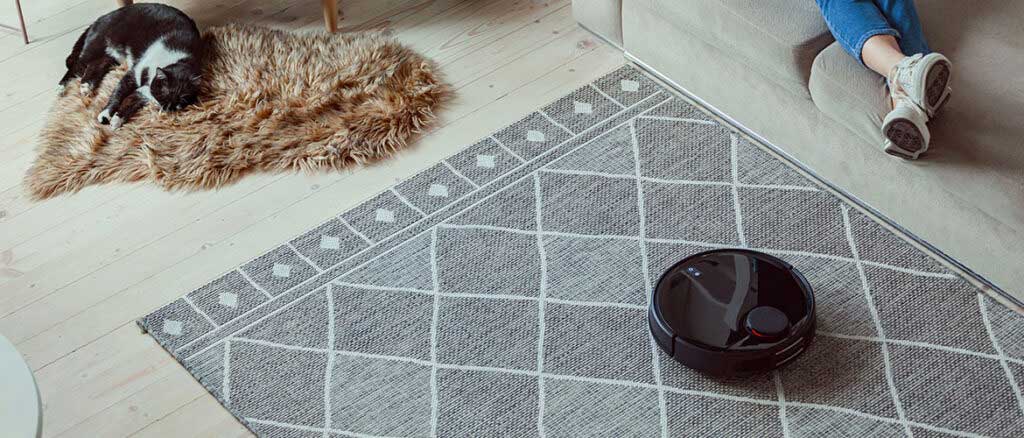
Today, a small city known as Bhadohi, near Varanasi in Uttar Pradesh is home to the biggest hand-knotted carpet weaving industry in South East Asia. The weavers of Bhadohi have been indulged in the ancient art of carpet weaving for over five centuries. Today, 60% of handmade rugs and carpets in India are produced in this small town.
Today, a small city known as Bhadohi, near Varanasi in Uttar Pradesh is home to the biggest hand-knotted carpet weaving industry in South East Asia. The weavers of Bhadohi have been indulged in the ancient art of carpet weaving for over five centuries. Today, 60% of handmade rugs and carpets in India are produced in this small town.
The tradition goes that it was Emperor Akbar who introduced carpet weaving to the residents of Bhadohi and they have been passing on this art generation after generation. Today, over 3.2 million people are engaged in the carpet weaving industry in and around Bhadohi. The carpet weaving scene in this town has evolved over the years and today handmade tools are slowly getting replaced with technology, helping weavers save time and labour costs.
Today, the carpet weaving industry in Bhadohi is a perfect blend of tradition and modernity. The carpet export industry in India is valued Rs. 4400 crores per annum, of which 75% carpets are made at Bhadohi.
Popular Types of Indian Carpets
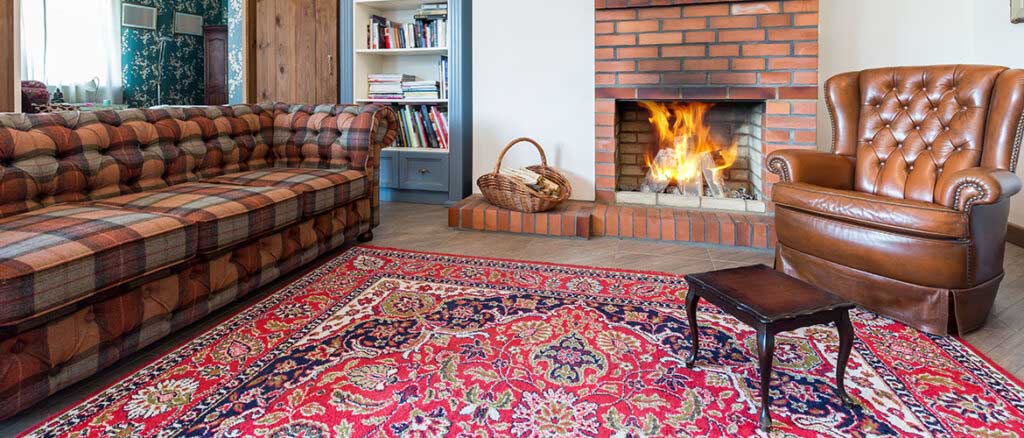
The Indian carpet industry is renowned for its usage of various materials and weaving techniques. In this section, we list out the popular types of carpets sold in the Indian market:
Synthetic Carpets
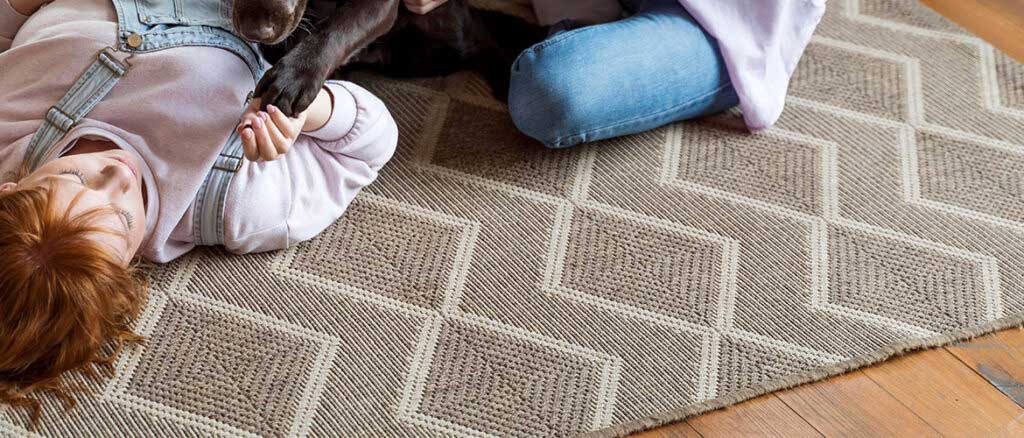
As the name implies, these carpets are made using synthetic fibres like nylon, plastic, etc. They are not used for domestic applications, but predominately used in industrial applications. They are also sometimes custom-made for military usage.
Pure Silk Carpets
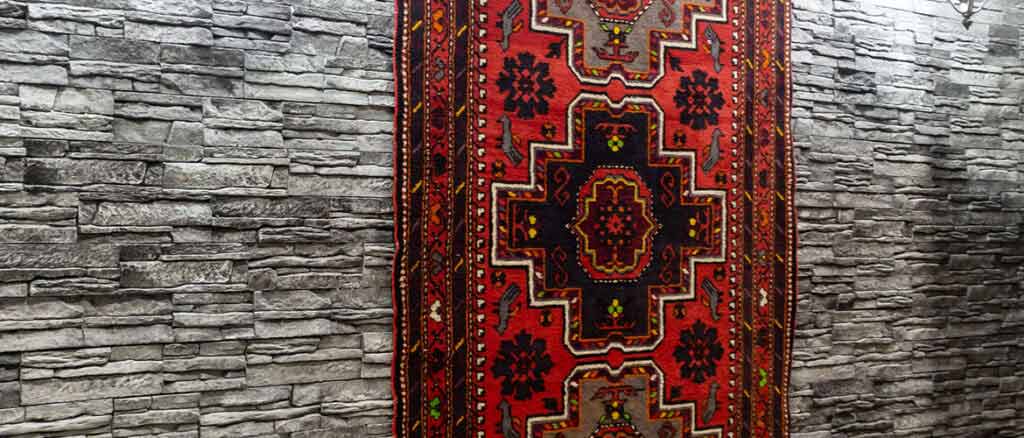
These carpets are made using pure handwoven silk. Silk carpets are the pinnacle of luxury and comfort, and are preferred by large hotel chains for use in presidential suites, spas and other luxurious applications.
Gabbe Woolen Carpets
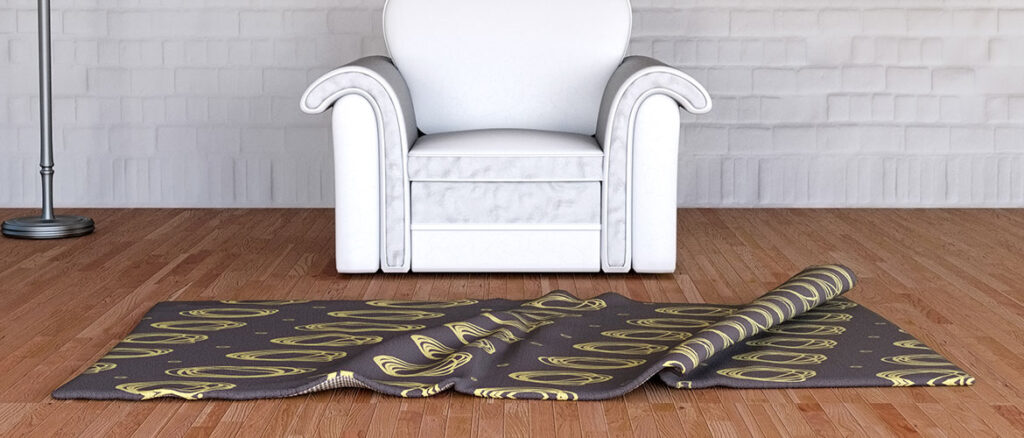
These carpets are primarily made by the weavers from the Bhadohi-Mirzapur belt of Uttar Pradesh. The unique weaving, colouring and finishing technique of these carpets make them one of the most-sought-after home decor possessions, not just in India but across the globe. A huge number of luxury hospitality chains use Gabbe woollen carpets as floor lining in their rooms.
Tufted Woollen Carpets

They have a similar finish like Gabbe woollen carpets. Generally, tufted woollen carpets are made by machines, however some traditional carpet weavers make them by hand as well. These carpets are primarily used for domestic use at homes, hotels, restaurants and spas.
Hand-made Woollen Durries
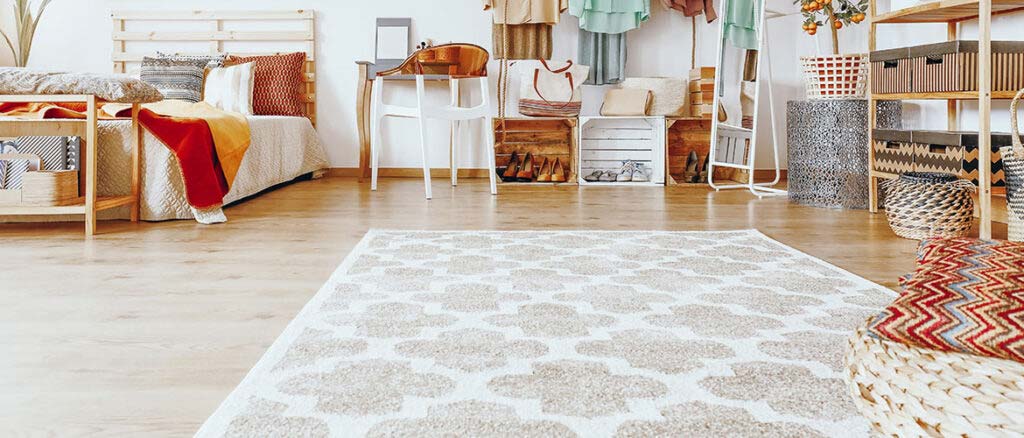
These durries have a worldwide cult following. The premium feel and durability of these durries make them a favourite choice across homes, holiday properties, marriage halls, and reception centr
Hand Knotted Woollen Carpets
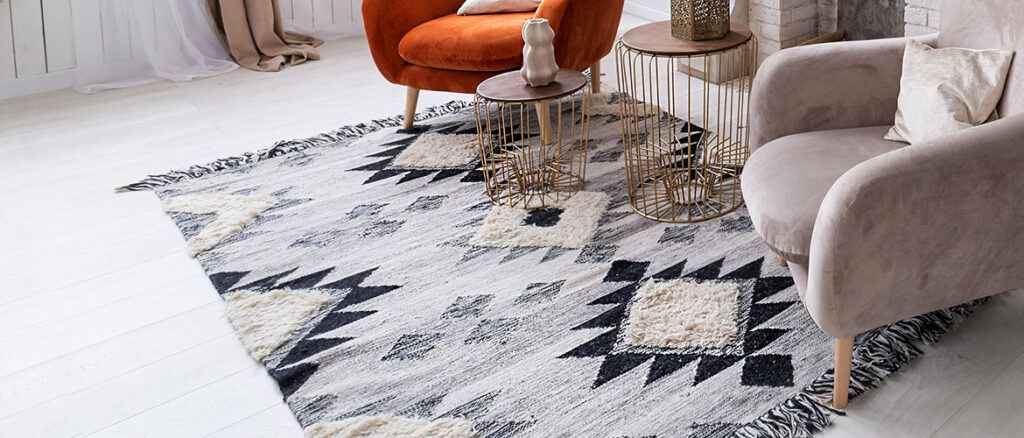
These are woollen carpets that are meticulously crafted by expert weavers. These carpets are manufactured in different parts of the country, wherever there is a thriving cottage industry. These carpets are often personalised to include names, custom designs and motifs preferred by customers.
Wrapping Up
As you can see, the Indian carpet industry has a long legacy and thanks to modern technology is now on par with the best carpets from different parts of the world. There is a huge demand for Indian handwoven carpets among buyers from across the globe. If you’re looking for luxurious carpets in India at wholesale prices, reach out to Decor Luxury Handicraft Art, the no.1 luxury carpet supplier in India. Get in touch with our sales team for the latest product catalogue and available discounts.





